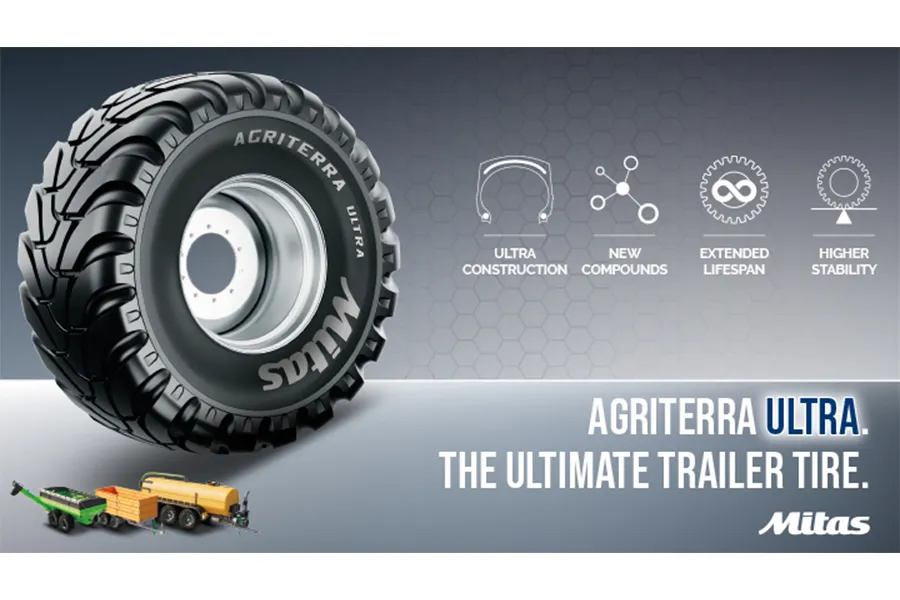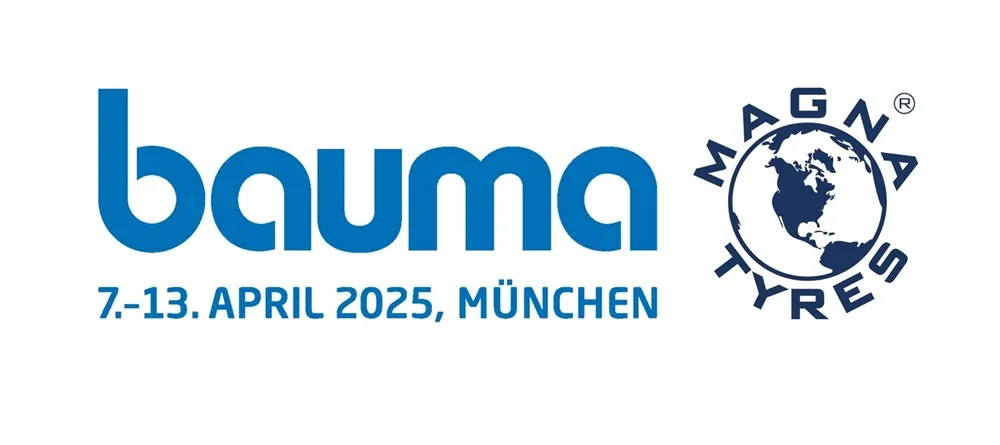While regional lockdown restrictions continue to vary, in many regions fleets who have found trucks out of action may now need to get their vehicles back on the road, as the industry reaches its traditionally busy Autumn and Winter season.
Industry Picks Up for Upcoming Seasons
This means safety must remain at the front of mind, as increased demand puts more trucks in circulation both in the UK and into Europe, and driving conditions worsen.
The Traffic Commission’s revised guidance on HGV maintenance permitted some operators to temporarily increase or amend agreed service intervals during the pandemic, with permission granted to change servicing methods where workshops were unavailable. However, for trucks which have not been on the road, it remains incumbent on fleet managers to ensure roadworthiness inspections are conducted prior to use, following a proactive, evidence-based approach. Vehicles granted MOT extensions from March 2020 to August 2020 will need to ensure the test is completed by the required date, the latest being November 2020.
Steve Howat, General Manager Technical Services, from Continental Tyres, says, “Full and detailed assessment of truck tyres is imperative, as ensuring good tyre condition can greatly reduce the risk of costly breakdowns and improve safety. Tyre checks should include understanding the state of the wheel rims, tyre inflation accuracy and tyre wear status, with drivers continuing this maintenance every day, in walkaround checks.”
“For vehicles which have been stationary, workshops conducting maintenance checks should pay close attention to tyre quality. Tread depth should be fully measured, and side walls assessed for wear pattern or any degradation. While cuts and superficial damage which tyres are subjected to during their service life should not affect durability, deep cuts to either the tread or sidewall that clearly show ply exposure should be reported and replaced immediately.
Time for winter tyres?
If trucks are expected to complete European travel, trucks may need to switch to winter tyres. Continental’s policy has always been to recommend the right tyres at the right time for the right application, so on winter roads, tyres must guarantee reliable traction and slippage must be prevented.
To help fleets understand if winter tyres are required, Continental publishes an overview of European regulations for winter equipment on trucks and buses. The document contains winter tyre guidance and regulation requirements for individual European countries, and information on whether snow chains are required.
Howat says, “Any commercial vehicle which ventures abroad must be wary of the regulatory requirements placed on vehicles driving in winter conditions. In Germany, for example, a change in the winter regulations came into force on 1st June 2017 and stipulates new minimum requirements for tyres in winter conditions. Tyres on permanently driven axles must now display the 3PSFM alpine symbol, with a transition period which permits mud and snow (M+S) tyres produced before 31st December 2017 until Sept 2024.”
A three-peak mountain snowflake (3PMSF) symbol branded on a tyre’s sidewall indicates that the tyre meets required performance criteria in snow testing to be considered Severe Snow Service-Rated. These tyres provide improved snow traction beyond a standard M+S (Mud + Snow) tyre.
For UK operations, fitting winter tyres to the all axles of vehicles which have to operate in more difficult road conditions should also be considered. Once the severe weather is over, they should return to conventional tyres.
Howat added, “Freight operators will no doubt continue to face a myriad of disparate challenges in the wake of the ongoing global Covid-19 pandemic. Making sure trucks which have been out of action are safe and able to work and are fitted with the correct tyres for the task in hand is the first step in getting road transport moving again.”








